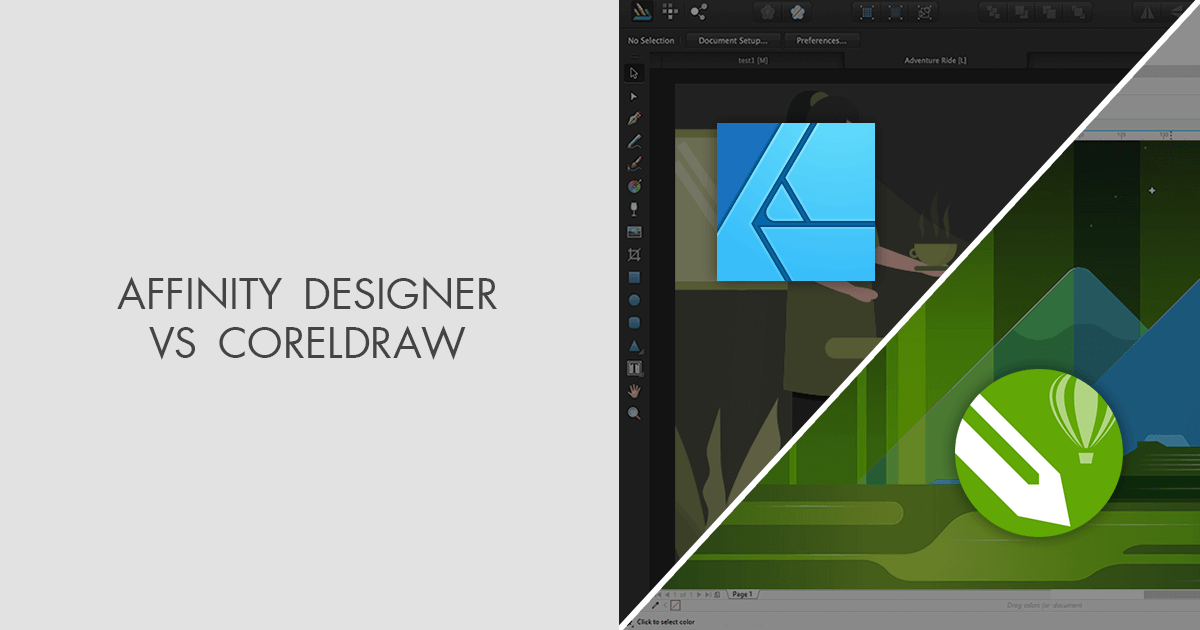
EPS files, one of the more ideal formats for print-ready artwork. InDesign is also better than most other Adobe programs at creating. It keeps all of the design elements in their original state, so when it comes time to print, you’ll have the most accurate representation possible. Creating Your Print Ready Files: InDesignĬomposing a print-ready folder design in InDesign is a fairly simple affair. Illustrator can also handle multi-page layouts to a degree, but without the master page system, you’ll end up having to do a lot of extra work. It can also handle multi-page templates, which makes it easier for you to quickly put together a sharp-looking layout. InDesign has all of the best tools for creating complete layouts for print, especially multi-page layouts using its master page system. Illustrator can also be used to create smooth, scalable text out of vector shapes, but without the word wrap tools, it can be difficult to create a good-looking layout for text. InDesign also creates crisp, clean text devoid of pixelation. Word wrap helps you easily break up your copy into columns, letting you utilize every inch of canvas space.


If you’re designing a brochure, pocket folder or other print project that has large passages of text, InDesign is very handy for its intuitive word wrap feature. It shouldn’t be your first choice, but it’s manageable in a pinch. Whenever your print design includes photographs, use Photoshop first to improve the image quality before importing into another program.Īgain, if you don’t have access to Photoshop, InDesign can at least handle the basics, like cropping and resizing. The name says it all-Photoshop has the most tools for manipulating photos, and since photos are created using pixels, you don’t have to worry about distortion. It doesn’t have quite the same scope as Photoshop, but it can handle the basics. If you don’t have access to Photoshop, you can add a few limited filters to your photos directly from InDesign. If you want to give your print media projects that extra level of flair, Photoshop should be your first choice. Photoshop gives you access to an impressive library of filters and special effects. Adding Filters and Special Effects: Photoshop Since not all of your illustrative elements will be reused in other designs, you won’t run into any pixelation issues as long as you don’t have to resize the image. If you don’t mind working in a pixel-based environment, you can achieve similar results using Photoshop.
CORELDRAW VS PHOTOSHOP PROFESSIONAL
Vector illustration can be tricky to learn, but the results are much more professional looking than other hand-drawn options. Illustrator is the go-to choice for drawing any shaped visual elements, since vectors can be easily manipulated, altered and resized. Photoshop can work as a last resort, but keep in mind that the vectors you create will be converted to raster images and you’ll likely see some slight pixelation if you try to reproduce the logo in different sizes. If you don’t have Illustrator, InDesign also has the vector tools you need to create a scalable logo. A logo you create in Illustrator can be imported into a number of different projects and will always print with crystal clarity.

The perfect scalability of vector images makes Illustrator, hands-down, the best program for creating print logos. InDesign) were used to create its various elements. Using this presentation folder design as an example, let’s break down which Adobe programs (Photoshop vs. Since each program has its own set of strengths and weaknesses, the one you should choose depends on which part of the print design you’re actually making. Which Adobe Program Should You Use for Designing Print Media? You can maximize the strengths of each Adobe product while also minimizing their weaknesses where one program fails, another can pick up the slack. Using all three programs together, however, turns them into the ultimate dream team. Use the wrong design program to create a certain element of your artwork, and you might end up with blurry text, sloppy layouts, or a logo that you can never resize without turning it into a pixelated nightmare. Photoshop, Illustrator and InDesign represent the “big three” of the Adobe Creative Suite-but never assume that one is interchangeable with another.


 0 kommentar(er)
0 kommentar(er)
